Luis I de Borbón1 El cojo, (1279- 29 de enero de 1342), noble francés, conde de Clermont, La Marche y primer Duque de Borbón.
Fue hijo de Roberto de Francia, conde de Clermont, por tanto nieto de Luis IX de Francia, y de Beatriz de Borgoña,2 señora de Borbón. Durante la vida fue llamado Monsieur Louis, y es el responsable de tejer todo el poder que tendrá en el futuro la Casa de Borbón.
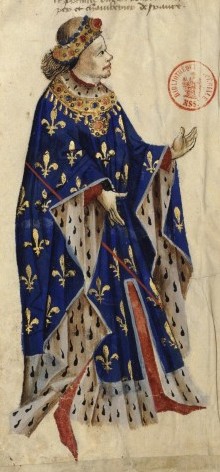
|
Padres
- Jacques de Châtillon Saint-Pol, seigneur de Leuze, Condé (Nord), Aubigny, Bucquoy et Duisant (Pas-de-Calais) , nacido después de 1256, fallecido el 1 de julio 1302 - Tué lors de la bataille des Eperons d'or à Courtrai (Belgique)
Casado con - Catherine de Condé, nacida alrededor de 1267, fallecida en 1329 a la edad de posiblemente 62 años
- Nacida alrededor de 1290
- Fallecida en 1348 , a la edad de posiblemente 58 años
Padres
- Renaud II de Dargies, seigneur de Dargies (Oise) , fallecido después de 1295
Bouchard VI de Vendôme († 1354), comte de Vendôme, seigneur de Castres (1315-1354) de la Maison de Montoire, fils deJean V et d'Eléonore de Montfort.
Alix de Bretagne, née en 1297, morte en 1377, fille d'Arthur II, duc de Bretagne et de Yolande de Dreux.
Jean II d'Aumale (1293 † 1343), marié à Catherine d'Artois comtesse de Vandosine et Castres, fille de Philippe d'Artois,
Jean II de Beauvau
Amaury III de Craon, señor de la Bastide de Craon
Amaury III de Craon, seigneur de la Bastide de Craon
Ferry de Chambley
Philippe, lord of Florange
Philippe, seigneur de Florange
John I of Luxembourg (French: Jean Ier de Luxembourg; died: 17 May 1364), was a Lord of Ligny, Beauvoir, Roussy and La Roche from the House of Luxembourg. He was a son of Lord Waleran II and his wife, Guyotte of Lille.
Alix of Dampierre (d. 1346), the heiress of Guy of Dampierre-Richebourg.
John of Saint-Pol (died 1344) was Count of Saint-Pol between 1317 and 1344.
He was the eldest son of Guy IV, Count of Saint-Pol and Marie of Brittany.
Joanna, daughter of John I of Fiennes
Gautier III d'Enghien, Sire d'Enghien de Tubize de Lembeek 1302-45 Gauthier II, seigneur d'Enghien y Yolande de Dampierre
Isabella of Brienne (1306–1360) was suo jure Countess of Lecce and Conversano, claimant to the Duchy of Athens and Kingdom of Jerusalem, etc.
She was daughter of Walter V of Brienne, Duke of Athens, who was killed at the Battle of Halmyros near Thebes, Greece, in 1311. As the granddaughter of Hugh of Brienne, Count of Lecce etc., she was a descendant of the Kings of Jerusalem and of Cyprus.
Antonio Sanseverino, V. conte di Marsico 1315-84 Tommaso Di San Severino y Margherita Clignetti
Isabeau de Baux 1325-79 Bertrand III de Baux, Count of Andria and Squillace y Marguerite d'Aulnay, signora di TeanoRoberto Orsini, conde de NolaRoberto Orsini, conte di Nola
† 1350
Sveva des BauxGuillaume de Sabran, conde d' ArianoGuillaume de Sabran, comte d' ArianoFrançoise de Celano
Hugh IV (1293×96 – 10 October 1359) was King of Cyprus from 31 March 1324 to his abdication, on 24 November 1358 and, nominally, King of Jerusalem, as Hugh II, until his death. The son of Guy of Cyprus, Constable of Cyprus (son of Hugh III of Cyprus and wife Isabella of Ibelin), and Eschiva of Ibelin, Hugh succeeded his father as Constable of Cyprus in 1318, and later succeeded to the throne of Cyprus on the death of his uncle Henry II, since Henry II had no son. He was a member of the House of Lusignan.
Alix of Ibelin (1304/1306 – after 6 August 1386), was Queen consort of Cyprus and nominal Queen consort of Jerusalem as the second wife of King Hugh IV of Cyprus. She was queen from 31 March 1324[1] until Hugh's abdication on 24 November 1358. Two of her sons, Peter and James reigned as kings of Cyprus.
Alix was born in Cyprus sometime between 1304 and 1306, the only child of Guy of Ibelin, Lord of Nicosia and Isabelle of Ibelin.
Parents
Charles of Valois (12 March 1270 – 16 December 1325) was the third son of Philip III of France and Isabella of Aragon.[1] He was a member of the House of Capet and founded the House of Valois. In 1284, he was created Count of Valois (as Charles I) by his father and, in 1290, received the title of Count of Anjou from his marriage to Margaret of Anjou.[2] Through his marriage to Catherine I, titular empress of the Latin Empire, he was titular Latin Emperor of Constantinople from 1301–1307, although he ruled from exile and only had authority over Crusader States in Greece.

Margaret, Countess of Anjou (1273 – 31 December 1299) was Countess of Anjou and Maine in her own right and Countess ofValois, Alençon, Chartres and Perche by marriage. Margaret's father was King Charles II of Naples, whilst her husband was Charles of Valois, and her older brother was Saint Louis of Toulouse; her nephew was Charles I of Hungary.

Fernando de la Cerda (1275–1322) was the younger son of Ferdinand de la Cerda, Infante of Castile and his wife Blanche of France. His paternal grandparents were Alfonso X of Castile and Violant of Aragon. His maternal grandparents were Louis IX of France and Marguerite of Provence. His elder brother was Alfonso de la Cerda.
Juana Núñez de Lara (1286–1351) was a daughter of Juan Núñez de Lara the Fat and his wife Teresa Díaz II de Haro of the lordship of Biscay. Juana is also known as la Palomilla or Lady of Lara.
Arthur II (25 July 1261 – 27 August 1312), of the House of Dreux, was Duke of Brittany from 1305 to his death. He was the first son of John II and Beatrice, daughter of Henry III of England and Eleanor of Provence.
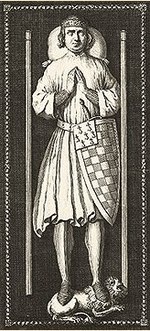
Yolande of Dreux (1263 – 2 August 1322) was Countess of Montfort in her own right. Through her first marriage to Alexander III of Scotland, Yolande became Queen consort of the Kingdom of Scotland. Through her second marriage to Arthur II, Duke of Brittany, she became Duchess Consort of Brittany. She was the daughter of Robert IV, Count of Dreux, and Beatrice, Countess of Montfort.

Joan of Rethel (died 1328) was Countess of Rethel between 1285 and 1328.
She was the daughter of Hugh IV, Count of Rethel and his third wife Isabelle of Grandpré
Philip III (27 March 1306 – 16 September 1343), called the Noble (el Noble) or the Wise, Count of Évreux[1] (1319–1343) and King of Navarre (1328–1343), was the second son of Louis of Évreux and Margaret of Artois and therefore a grandson of King Philip III of France

Joan II (28 January[citation needed] 1312 – 6 October 1349) was Queen of Navarre from 1328 until her death. She was the only child ofLouis X of France, King of France and Navarre, and Margaret of Burgundy. Joan's paternity was dubious because her mother was involved in a scandal, but Louis X declared her his legitimate daughter before he died in 1316. However, the French lords were opposed to the idea of a female monarch and elected Louis X's brother, Philip V, king. The Navarrese noblemen also did homage to Philip. Joan's maternal grandmother, Agnes of France, Duchess of Burgundy, and uncle, Odo IV of Burgundy, made attempts to secure the counties of Champage and Brie (which had been the patrimony of Louis X's mother, Joan I of Navarre) to Joan, but the French royal troops defeated her supporters. After Philip V married his daughter to Odo and granted him two counties as her dowry, Odo renounced Joan's claim to Champagne and Brie in exchange for a compensation in March 1318. Joan married Philip of Évreuxwho was also a member of the French royal family.
 John II (26 April 1319 – 8 April 1364), or Jean II, also called John the Good (French: Jean le Bon), was a monarch of the House of Valois who ruled as King of France from 1350 until his death. John was nine years old when his father had himself crowned as Philip VI of France 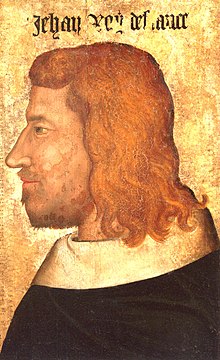 Bonne of Luxemburg or Jutta of Luxemburg (20 May 1315 – 11 September 1349), was born Jutta (Judith), the second daughter of John the Blind, king of Bohemia,[1] and his first wife, Elisabeth of Bohemia.  John I of Armagnac (1311 – 16 May 1373), son of Bernard VI and Cecilia Rodez, was Count of Armagnac from 1319 to 1373. In addition to Armagnac he controlled territory in Quercy, Rouergue and Gévaudan. He was the count who initiated the 14th century expansion of the county. Beatrice of Clermont.
|










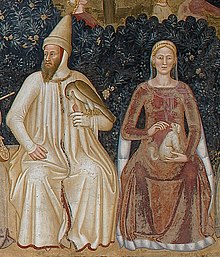

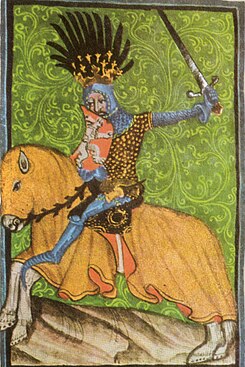








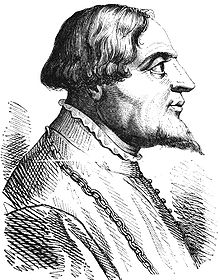

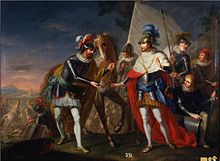






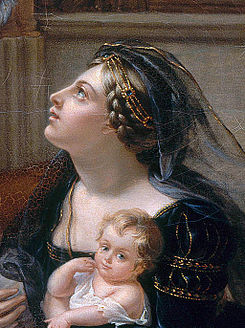




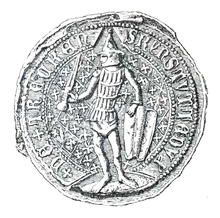
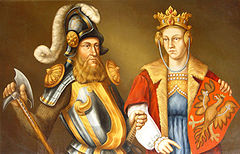












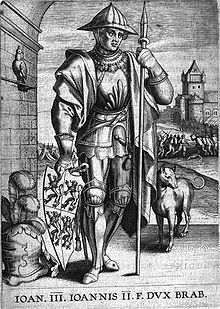



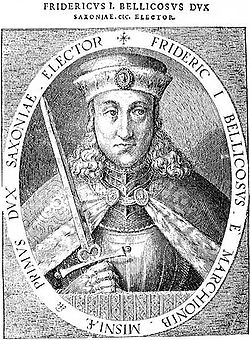


No hay comentarios:
Publicar un comentario